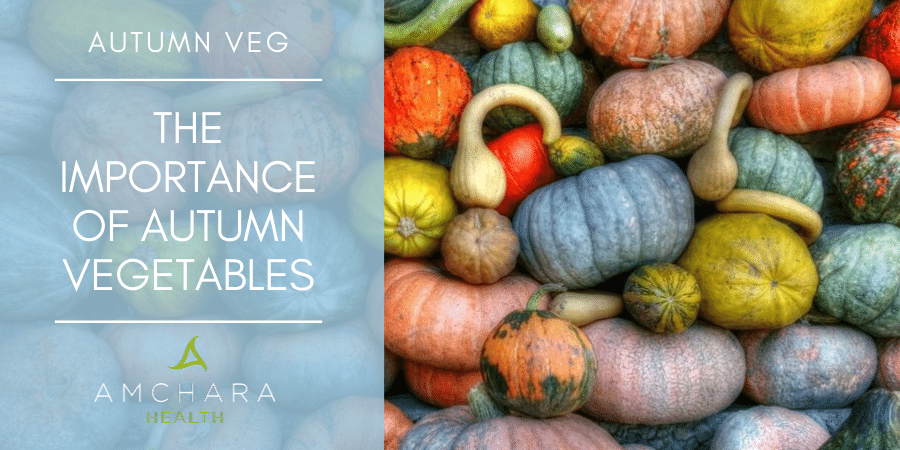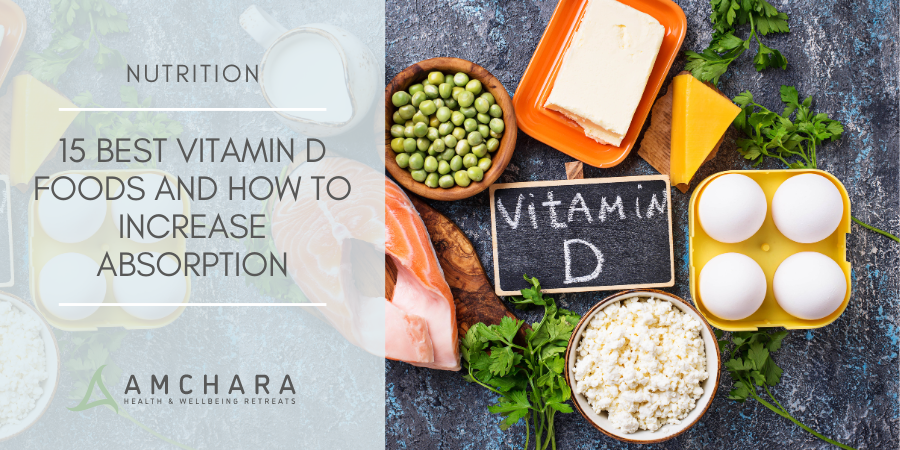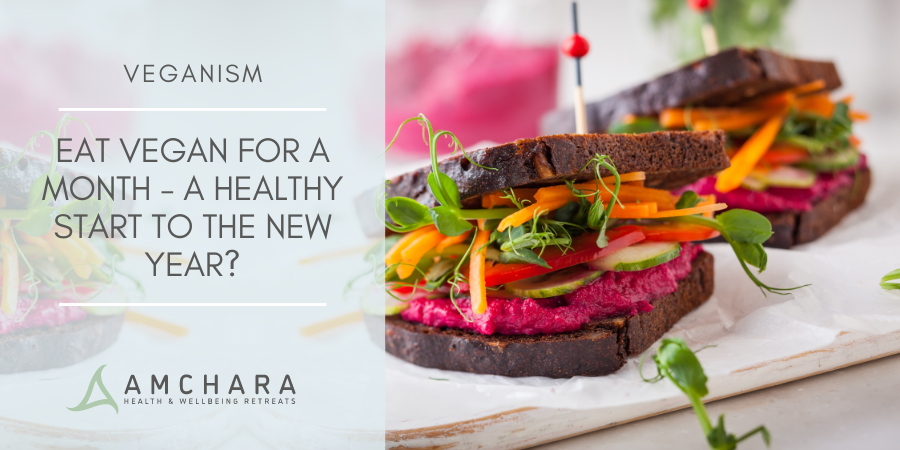Topics Covered in this article:
Eating with the seasons brings many nutritional and environmental benefits. It enhances nutrient content, improves flavour and reduces your carbon footprint. The importation of produce from around the world means that many types of fruit and vegetables are available all year round but with a hefty environmental price tag.
Returning to seasonal eating may have a positive impact on health. We always take an evidence-based approach and in this article we take a look at the top autumn veg and why you should be including them.
1. Jerusalem artichoke
This strange looking tuber is classed as root vegetable and comes from a species of sunflower. Despite its name it has no relation to Jerusalem, and is not actually an artichoke.
It can be sliced thinly and used in salads – once cooked it has a similar consistency to potatoes, although it tastes a little nuttier. Jerusalem artichokes are not starchy vegetables and instead are rich in a type of fibre called inulin.
Inulin is not broken down in the body and therefore has very little impact on blood sugar levels. Jerusalem artichokes are classed as a low glycaemic food.
The discussion on the use of Jerusalem artichokes in conditions like diabetes goes back to the 1920s and more recent rodent studies show that they may be of benefit in the prevention or management of Type 2 diabetes (1).
Although inulin is not broken down by human enzymes, the bacteria that reside in the gut, part of the microbiome, are able to use it as food. There are numerous studies showing the importance of prebiotics like inulin for the health of the microbiome.
Other studies indicate that including Jerusalem artichoke tubers could reduce triglycerides, total cholesterol and LDL-cholesterol (2), thus having beneficial effects on cardiovascular health.
2. Celeriac
Also called celery root, celeriac has an intense flavour similar to celery stalks, although it is not the root of the stalks. It is a versatile vegetable and can be roasted, steamed, mashed or sliced raw and used in salads or lightly pickled.
It is rich in several nutrients including vitamin C, vitamin K and phosphorus. Vitamin C is well known to have immune supportive properties and, as autumn and winter bring an increase in the circulation of cold or flu viruses, additional vitamin C at this time of year may help with your body’s defences.
Both vitamin K and phosphorus are required for healthy bone formation and remodelling. Several studies indicate a good intake of bone supportive nutrients reduces the risk of hip fracture and the development of conditions like osteoporosis (3).
Celeriac is rich in compounds like falcarinol and falcarindiol. These have been shown to have antibacterial, antifungal and anti-inflammatory effects (4). Rodent studies also indicate they have anti-cancer effects (5).
3. Kale
A rich dark green or purple leaf cabbage, kale is abundant with beneficial nutrients. It can be simply steamed, baked at a low temperature or cooked in a little oil. Studies show some of the nutrients in kale are optimised when kale is cooked versus raw.
Kale is a rich source of vitamin C, vitamin K, folate, manganese and the carotenoids lutein and zeaxanthin. Both lutein and zeaxanthin are highly concentrated in the retina of the eye and a good nutritional intake has been shown to reduce the risk of developing age-related macular degeneration (6).
A member of the brassica family, kale is a good source of glucosinolate compounds like glucorophanin, which is converted in the body into sulforophane. The many health benefits associated with a good intake of sulforophane include activated liver detoxification pathways, antioxidant actions and anti-cancer properties (7).
4. Squash and pumpkins
Technically a fruit but frequently eaten like a vegetable, squash and pumpkins are abundant in autumn. There are many different types of squash, including acorn, butternut, dumpling and delicata, and they are easy to incorporate into a variety of recipes. Simply steamed or delicately roasted they impart a variety of flavours into meals.
Their rich colours vary from a pale yellowy green inner flesh through to bright and vibrant orange. The yellow and orange colour is due to the presence of beta-carotene. A potent antioxidant in its own right, beta-carotene can be converted in the body into vitamin A. The many functions of vitamin A include immune support, eye health, foetal development and skin health.
Squash is also a good source of calcium, magnesium and potassium which all play a role in blood pressure. A good dietary intake of these minerals is known to support healthy blood pressure (9) and reduce the risk of stroke.
5. Kohlrabi
Not the most common autumn vegetable, kohlrabi has some interesting benefits. It is a member of the brassica family and the bulbous stem can be used raw in salads or roasted, whilst the leaves can be steamed.
Kohlrabi is rich in vitamin C, potassium, vitamin B6 and antioxidants. As with other brassica vegetables it is rich in glucorophanin and supports liver detoxification, hormone balance and offers protection for body cells.
Purple kohlrabi has a higher antioxidant content than green kohlrabi and is rich in potent antioxidants called anthocyanins. As well as offering protection for body cells, anthocyanins are also known to reduce inflammation, support a healthy cardiovascular system, have anti-diabetic properties and support brain health (10).
Takeaway
Choosing seasonally ripe vegetables enhances the variety of nutrient intake. This can have profound effects on your health. It can also reduce reliance on imported produce from across the world and encourage eating locally produced goods, better for the economy and the environment.
If you have a health condition you would like to address or are looking to optimise your health, you may benefit from a one to one personalised consultation with an experienced Personalised Health practitioner. They can guide you on the most beneficial foods to choose for your individual circumstances.
We’re dedicated to providing you with both insightful information and evidence-based content.
Did you find this article useful?
We would love to know your thoughts.
Let us know your top autumnal vegetable recipes.
Read this next:




